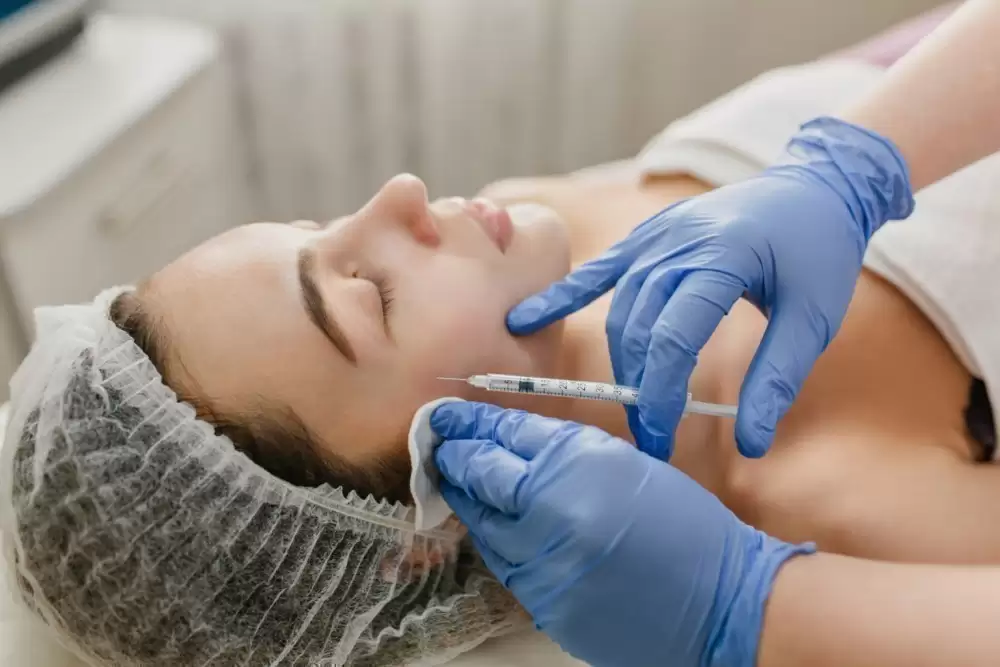What are the symptoms of smegma?
Smegma itself is not a symptom but rather a substance that can accumulate in certain areas of the body. It is a combination of shed skin cells, oils, and moisture. When it builds up, it can cause various symptoms or lead to discomfort and other issues.
Symptoms Associated with Smegma:
- White or Yellowish Substance: Smegma appears as a thick, white or yellowish substance. It can accumulate under the foreskin in males or around the clitoral hood and labia in females.
- Unpleasant Odor: Smegma can produce a strong, unpleasant odor due to the breakdown of skin cells and oils by bacteria.
- Irritation or Redness: If smegma accumulates and is not cleaned regularly, it can cause irritation, redness, or inflammation of the surrounding skin.
- Swelling or Discomfort: In severe cases, especially if the area becomes infected, there can be swelling, tenderness, or discomfort in the affected area.
- Difficulty Retracting the Foreskin (in Males): In some cases, smegma buildup can make it difficult to retract the foreskin, leading to a condition called phimosis.
- Itching or Burning Sensation: The presence of smegma, especially if it leads to bacterial growth, can cause itching or a burning sensation in the genital area.
- Infection: If smegma is not cleaned regularly, it can become a breeding ground for bacteria, potentially leading to infections such as balanitis (inflammation of the glans) in males or vulvovaginitis in females.
Prevention and Management:
Regular hygiene practices, including gentle washing with water, are essential to prevent the buildup of smegma and the associated symptoms.
What are the causes of smegma?
Smegma is caused by the accumulation of dead skin cells, oils, and other bodily secretions. It typically occurs in areas where skin folds or is less exposed to air, leading to a build-up. Here are the primary causes:
- Natural Lubrication: Smegma is produced by the sebaceous glands located in the genital area. It serves as a natural lubricant and protective layer.
- Inadequate Hygiene: Poor personal hygiene can lead to the accumulation of smegma. Regular washing helps prevent excessive buildup.
- Skin Cell Shedding: The natural shedding of skin cells contributes to the formation of smegma. This is a normal process, but if not cleaned, it can accumulate.
- Foreskin in Males: In males, smegma accumulates under the foreskin. If the foreskin is not regularly retracted and cleaned, smegma can build up.
- Clitoral Hood and Labia in Females: In females, smegma can accumulate around the clitoral hood and labia, particularly if hygiene practices are inadequate.
- Hormonal Changes: Hormonal fluctuations can affect the production of oils and secretions, potentially increasing smegma formation.
- Infections or Inflammation: Infections or inflammatory conditions can cause changes in the secretion of oils and contribute to smegma buildup.
Regular cleaning and maintaining good personal hygiene are key to preventing excessive smegma accumulation and related symptoms.
What is the treatment for smegma?
Treatment for smegma primarily involves maintaining good hygiene to prevent its accumulation and address any symptoms or complications that may arise. Here are some key approaches to managing smegma:
1. Regular Cleaning:
- Daily Washing: Gently wash the genital area with warm water daily. Use mild, non-irritating soap if desired, but avoid harsh soaps or antiseptics.
- For Males: Retract the foreskin (if applicable) and clean underneath it to remove smegma buildup. Ensure the area is thoroughly dried afterward.
- For Females: Clean the external genitalia, including the clitoral hood and labia, to remove smegma and prevent buildup.
2. Avoiding Irritants:
- Mild Soaps: Use gentle, fragrance-free soaps to avoid irritation. Avoid douching or using strong antiseptic agents.
- Avoid Harsh Scrubbing: Gentle washing is sufficient; aggressive scrubbing can irritate the skin and worsen symptoms.
3. Addressing Complications:
- Treatment for Infections: If smegma buildup leads to or is accompanied by an infection (e.g., balanitis or vulvovaginitis), appropriate treatment with antibiotics or antifungal medications may be required. Consult a healthcare provider for diagnosis and treatment.
- Managing Inflammation: If there is inflammation or irritation, over-the-counter anti-inflammatory creams or ointments may help. Again, consult a healthcare provider for recommendations.
4. Regular Medical Check-ups:
- Consultation: If smegma buildup is persistent, causes significant discomfort, or leads to complications, consult a healthcare provider. They can provide guidance on proper hygiene and address any underlying issues.
5. Avoiding Tight Clothing:
- Breathable Fabrics: Wear loose, breathable underwear and clothing to reduce moisture buildup and irritation in the genital area.
Good personal hygiene is typically effective in managing and preventing excessive smegma buildup. If symptoms persist or complications arise, medical advice should be sought to address any potential underlying conditions.

Leave a Reply
You must be logged in to post a comment.